Solar eclipse
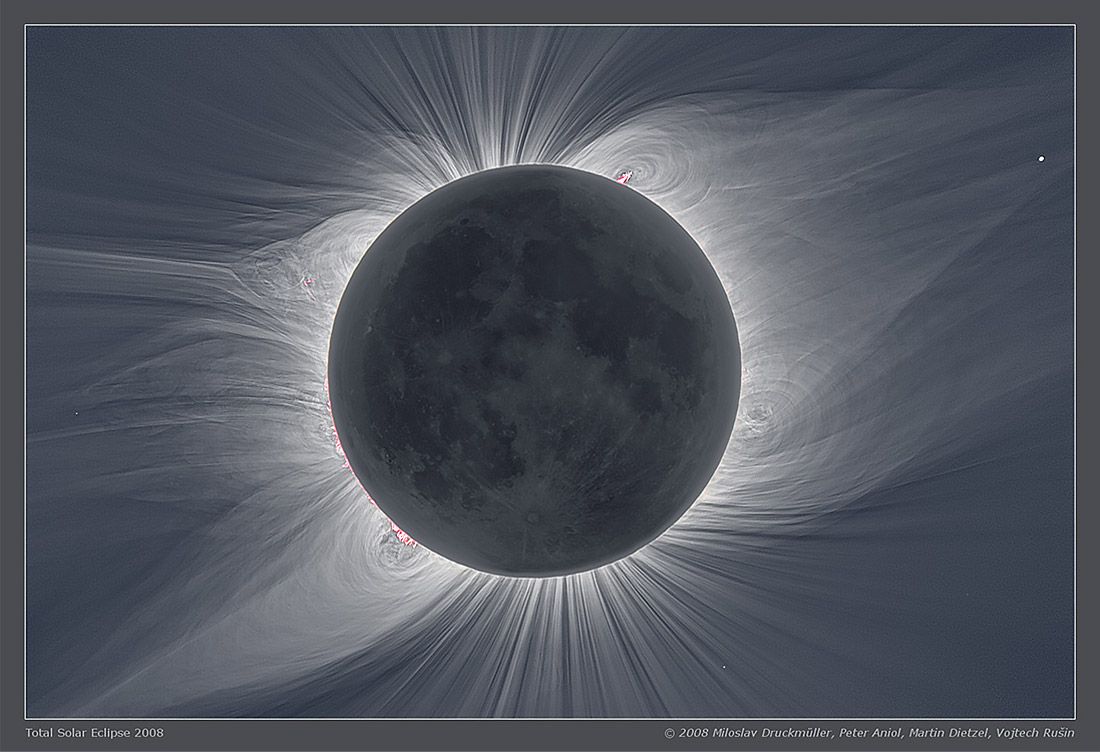
A solar eclipse is one of the most dazzling celestial phenomena that you can experience from Earth. It occurs when Earth, the moon and sun are aligned on the same plane, with the moon passing in front of the sun to cast a shadow on the planet below.
During a total solar eclipse, the moon completely covers the sun, which results in a period of "totality," when the moon completely blocks the light from the sun. This causes evening-like darkness during the daytime, as the center of the moon's dark shadow falls over Earth. Viewers do not experience totality during a partial solar eclipse, when the moon only blocks a portion of the sun's disk.
Latest about Solar eclipse
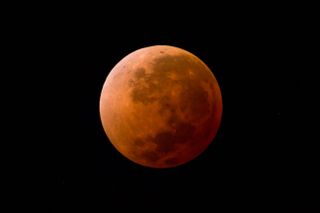
The 10 best stargazing events of 2025
By Jamie Carter published
The 2025 stargazing guide includes Venus at it brightest, a sunrise solar eclipse and three supermoons. Here are all the dates you need to know.
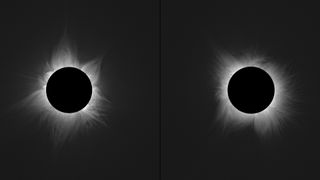
Space photo of the week: The sun's corona blooms during back-to-back solar eclipses
By Jamie Carter published
Composite images reveal how the sun's corona changed from one total solar eclipse to another in 2023 and 2024, just as solar activity began to peak.
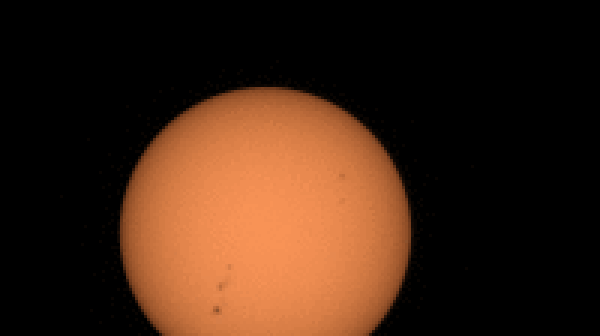
Perseverance rover watches 'googly eye' solar eclipse from Mars
By Samantha Mathewson published
NASA's Perseverance Mars rover was treated to a 'googly eye' solar eclipse on Sept. 30 as the planet's moon Phobos passed in front of the sun.
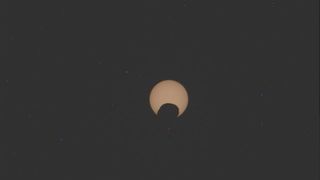
Perseverance rover watches a solar eclipse on Mars
By Stefanie Waldek published
On Sept. 30, NASA's Perseverance rover turned its eyes toward the sky and photographed a solar eclipse from Mars, capturing the tiny moon Phobos crossing the sun's face.
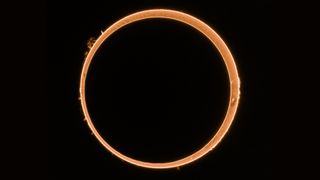
Space photo of the week: Easter Island's last 'ring of fire' eclipse for 320 years
By Jamie Carter published
Oct. 2's annular solar eclipse saw a small-looking new moon cross the face of the sun to create a perfect circle for about six minutes.
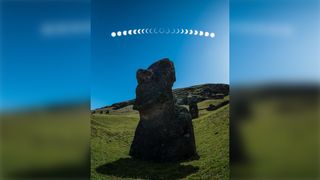
'Ring of fire' solar eclipse blazes over Easter Island in incredible new image
By Brandon Specktor published
On Oct. 2, a partial "ring of fire" solar eclipse was visible from the remote island of Rapa Nui, also known as Easter Island, where around 1,000 stone moai statues stand. You can see the whole celestial event play out in this incredible composite image.

'Exceptional' eclipse image and stunning 'Dolphin Head nebula' among 2024's Astronomy Photographer of the Year winners
By Sascha Pare published
A composite image of an annular solar eclipse showing Baily's Beads won top prize at the 2024 Astronomy Photographer of the Year contest.
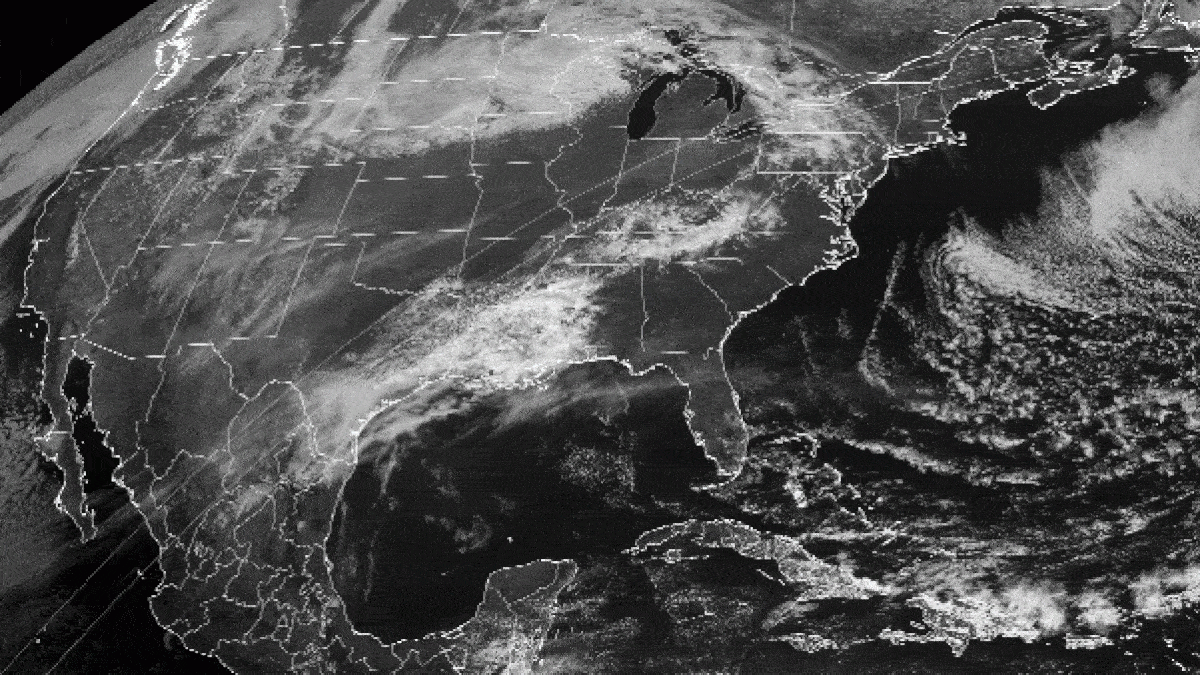
Global 'time signals' subtly shifted as the total solar eclipse reshaped Earth's upper atmosphere, new data shows
By Harry Baker published
During the historic April 8 total solar eclipse, a government radio station in Colorado started sending out slightly shifted "time signals" to millions of people across the globe as the moon's shadow altered the upper layers of our atmosphere. However, these altered signals did not actually change the time.
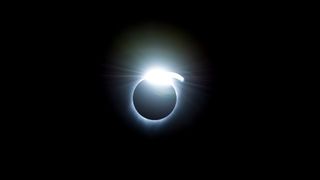
When is the next solar eclipse?
By Jamie Carter last updated
The next total solar eclipse will be visible from parts of Spain, Iceland and Greenland in 2026. Here's everything you need to know about how to watch the next solar eclipse.
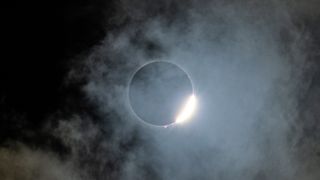
7 strange things observed during the April 8 solar eclipse: From shifting time signals to puzzling plasma plumes
By Harry Baker published
During the recent total solar eclipse on April 8, scientists and other observers spotted some strange things in the sky and on the ground. Here are some of our favorites.
Sign up for the Live Science daily newsletter now
Get the world’s most fascinating discoveries delivered straight to your inbox.
